While publishers are optimistic about the future of Young Adult books written by Indian authors, Gen Next readers remain largely oblivious to them in spite of a slew of Indian YA books being published this year.
Stephanie Meyer’s Twilight saga, Suzanne Collins’ Hunger Games series, the Percy Jackson books by Rick Riordan: the names trip easily off their tongues. But ask them about Young Adult (YA) books written by Indian authors that rolled off the presses this past summer and you hear a studied silence.
“I generally don’t read books by Indian authors,” says Kinnisha Michellin Andrew, a third-year student of Mount Carmel college.
Andrew, a voracious reader, gets most of her recommendations for books from her college peer group or from social networks for bookworms (Shelfari, Goodreads). She is currently reading the latest in the Hunger Games series (Mockingjay) and Name of the Wind, the first book in yet another fantasy series The Kingkiller Chronicle by Patrick Rothfuss.
The hyper-success of Twilight was supposed to draw all these young readers into bookstores and into exploring the burgeoning YA literature from India. This past summer, a large number of young Indian writers have published their books; among them are Samit Basu with his Terror on the Titanic: A Morningstar Agency Adventure, star blogger Meenakshi Reddy Madhavan with The Confessions of a Listmaniac, Vodafone-Crossword book award winner Siddhartha Sarma with The Grasshopper’s Run (all three published by Scholastic India), Giti Chandra with The Fang of Summoning (Hachette India) and Tushar Raheja with Run Romi Run (Roli).
Most are competitively priced and actively promoted by their publishers. Yet, college-goer Diya Ballal has not laid hands on any of them and echoes Andrew when she says that she hardly reads anything written by Indian writers. More to the point, her peer group doesn’t read these books, hence the all-important word-of-mouth is missing.
“None of my friends are reading YA books by Indian authors. Everyone is into the post-Twilight books like City of Bones by Cassandra Clare or the Vampire Academy series by Richelle Mead,” says Ballal, who is looking forward to reading the last Vampire Academy book, which will be out in December.
According to author Monideepa Sahu, who has recently published children’s book (Young Zubaan), distributors and bookstores are to blame for this apathy. “Good books are being written by Indian authors in the YA space, but there is a problem in getting them out to a wider readership,” says Sahu. “If our books were better stocked and displayed by stores, I feel there would be many more buyers and readers.”
Mayi Gowda, founder-owner of Blossom Book House on Church Street, denies this. “YA books written by Indian authors sell slowly but steadily,” says Gowda. “Of course, books like the Twilight series sell more, but I would say the Indian authors’ books do about 20-25% of the business done by the international YA best-sellers.”
Sayoni Basu, Director Publishing, Scholastic India Pvt. Ltd, also takes a more optimistic view. “We have sold more of Samit’s and Meenakshi’s new books than we have of the Hunger Games books, distributed by us, which are huge internationally,” she says. “So in terms of YA books, we have definitely achieved more success with Indian authors than foreign ones.”
Anita Roy, commissioning editor, Young Zubaan books, has an interesting take. Unlike most adult readers and critics who are dismissive of the Twilight and post-Twilight books and blithely categorise them as pulp, Roy feels authors such as Stephanie Meyer, Rick Riordan, Philip Pullman, Suzanne Collins and Malorie Blackman (Noughts and Crosses) are exploring Big Issues and tough dilemmas — racism, sexuality, the nature of God, friendship, love, murder…
“I do think that there’s a huge potential market for Indian writers of YA fiction. Yet, in India a lot of writers are still very cautious about the kinds of issues they will ‘allow’ themselves to tackle. It makes for a restricted canvas; not a good thing, and perhaps why we’re yet to see a book from an Indian writer that really grabs you by the throat and says ‘Read me now! (and then tell all your friends!’),” says Roy.
![submenu-img]() This singer left Air Force, sang at churches, became superstar; later his father killed him after...
This singer left Air Force, sang at churches, became superstar; later his father killed him after...![submenu-img]() Indian-origin man says Apple CEO Tim Cook pushed him...
Indian-origin man says Apple CEO Tim Cook pushed him...![submenu-img]() Anil Ambani’s Rs 96500000000 Reliance deal still waiting for green signal? IRDAI nod awaited as deadline nears
Anil Ambani’s Rs 96500000000 Reliance deal still waiting for green signal? IRDAI nod awaited as deadline nears![submenu-img]() Most popular Indian song ever on Spotify has 50 crore streams; it's not Besharam Rang, Pehle Bhi Main, Oo Antava, Naina
Most popular Indian song ever on Spotify has 50 crore streams; it's not Besharam Rang, Pehle Bhi Main, Oo Antava, Naina![submenu-img]() Did Diljit Dosanjh cut his hair for Amar Singh Chamkila? Imtiaz Ali reveals ‘he managed to…’
Did Diljit Dosanjh cut his hair for Amar Singh Chamkila? Imtiaz Ali reveals ‘he managed to…’ ![submenu-img]() DNA Verified: Is CAA an anti-Muslim law? Centre terms news report as 'misleading'
DNA Verified: Is CAA an anti-Muslim law? Centre terms news report as 'misleading'![submenu-img]() DNA Verified: Lok Sabha Elections 2024 to be held on April 19? Know truth behind viral message
DNA Verified: Lok Sabha Elections 2024 to be held on April 19? Know truth behind viral message![submenu-img]() DNA Verified: Modi govt giving students free laptops under 'One Student One Laptop' scheme? Know truth here
DNA Verified: Modi govt giving students free laptops under 'One Student One Laptop' scheme? Know truth here![submenu-img]() DNA Verified: Shah Rukh Khan denies reports of his role in release of India's naval officers from Qatar
DNA Verified: Shah Rukh Khan denies reports of his role in release of India's naval officers from Qatar![submenu-img]() DNA Verified: Is govt providing Rs 1.6 lakh benefit to girls under PM Ladli Laxmi Yojana? Know truth
DNA Verified: Is govt providing Rs 1.6 lakh benefit to girls under PM Ladli Laxmi Yojana? Know truth![submenu-img]() Alia Bhatt wears elegant saree made by 163 people over 1965 hours to Met Gala 2024, fans call her ‘princess Jasmine’
Alia Bhatt wears elegant saree made by 163 people over 1965 hours to Met Gala 2024, fans call her ‘princess Jasmine’![submenu-img]() Jr NTR-Lakshmi Pranathi's 13th wedding anniversary: Here's how strangers became soulmates
Jr NTR-Lakshmi Pranathi's 13th wedding anniversary: Here's how strangers became soulmates![submenu-img]() Streaming This Week: Heeramandi, Shaitaan, Manjummel Boys, latest OTT releases to binge-watch
Streaming This Week: Heeramandi, Shaitaan, Manjummel Boys, latest OTT releases to binge-watch![submenu-img]() Remember Ayesha Kapur? Michelle from Black, here's how actress, nutrition coach, entrepreneur looks after 19 years
Remember Ayesha Kapur? Michelle from Black, here's how actress, nutrition coach, entrepreneur looks after 19 years![submenu-img]() Remember Heyy Babyy's cute 'Angel' Juanna Sanghvi? 20 year-old looks unrecognisable now, fans say 'her comeback will...'
Remember Heyy Babyy's cute 'Angel' Juanna Sanghvi? 20 year-old looks unrecognisable now, fans say 'her comeback will...'![submenu-img]() DNA Explainer: Why Harvey Weinstein's rape conviction was overturned, will beleaguered Hollywood mogul get out of jail?
DNA Explainer: Why Harvey Weinstein's rape conviction was overturned, will beleaguered Hollywood mogul get out of jail?![submenu-img]() What is inheritance tax?
What is inheritance tax?![submenu-img]() DNA Explainer: What is cloud seeding which is blamed for wreaking havoc in Dubai?
DNA Explainer: What is cloud seeding which is blamed for wreaking havoc in Dubai?![submenu-img]() DNA Explainer: What is Israel's Arrow-3 defence system used to intercept Iran's missile attack?
DNA Explainer: What is Israel's Arrow-3 defence system used to intercept Iran's missile attack?![submenu-img]() DNA Explainer: How Iranian projectiles failed to breach iron-clad Israeli air defence
DNA Explainer: How Iranian projectiles failed to breach iron-clad Israeli air defence![submenu-img]() This singer left Air Force, sang at churches, became superstar; later his father killed him after...
This singer left Air Force, sang at churches, became superstar; later his father killed him after...![submenu-img]() Most popular Indian song ever on Spotify has 50 crore streams; it's not Besharam Rang, Pehle Bhi Main, Oo Antava, Naina
Most popular Indian song ever on Spotify has 50 crore streams; it's not Besharam Rang, Pehle Bhi Main, Oo Antava, Naina![submenu-img]() Did Diljit Dosanjh cut his hair for Amar Singh Chamkila? Imtiaz Ali reveals ‘he managed to…’
Did Diljit Dosanjh cut his hair for Amar Singh Chamkila? Imtiaz Ali reveals ‘he managed to…’ ![submenu-img]() Watch: Arti Singh gets grand welcome at husband Dipak's house with fairy lights and fireworks, video goes viral
Watch: Arti Singh gets grand welcome at husband Dipak's house with fairy lights and fireworks, video goes viral![submenu-img]() Meet actress, who belongs to family of superstars, quit films after 19 flops, no single hit in 9 years; is still worth…
Meet actress, who belongs to family of superstars, quit films after 19 flops, no single hit in 9 years; is still worth…![submenu-img]() IPL 2024: Suryakumar Yadav's century power MI to 7-wicket win over SRH
IPL 2024: Suryakumar Yadav's century power MI to 7-wicket win over SRH![submenu-img]() DC vs RR, IPL 2024: Predicted playing XI, live streaming details, weather and pitch report
DC vs RR, IPL 2024: Predicted playing XI, live streaming details, weather and pitch report![submenu-img]() Watch: Team India’s new jersey for T20 World Cup 2024 unveiled
Watch: Team India’s new jersey for T20 World Cup 2024 unveiled![submenu-img]() DC vs RR IPL 2024 Dream11 prediction: Fantasy cricket tips for Delhi Capitals vs Rajasthan Royals
DC vs RR IPL 2024 Dream11 prediction: Fantasy cricket tips for Delhi Capitals vs Rajasthan Royals![submenu-img]() IPL 2024: Kolkata Knight Riders take top spot after 98 runs win over Lucknow Super Giants
IPL 2024: Kolkata Knight Riders take top spot after 98 runs win over Lucknow Super Giants![submenu-img]() Indian-origin man says Apple CEO Tim Cook pushed him...
Indian-origin man says Apple CEO Tim Cook pushed him...![submenu-img]() Meet man whose salary was only Rs 83 but his net worth grew by Rs 7010577000000 in 2023, he is Mukesh Ambani's...
Meet man whose salary was only Rs 83 but his net worth grew by Rs 7010577000000 in 2023, he is Mukesh Ambani's...![submenu-img]() Job applicant offers to pay Rs 40000 to Bengaluru startup founder, here's what happened next
Job applicant offers to pay Rs 40000 to Bengaluru startup founder, here's what happened next![submenu-img]() Viral video: Family fearlessly conducts puja with live black cobra, internet reacts
Viral video: Family fearlessly conducts puja with live black cobra, internet reacts![submenu-img]() Woman demands Rs 50 lakh after receiving chicken instead of paneer
Woman demands Rs 50 lakh after receiving chicken instead of paneer
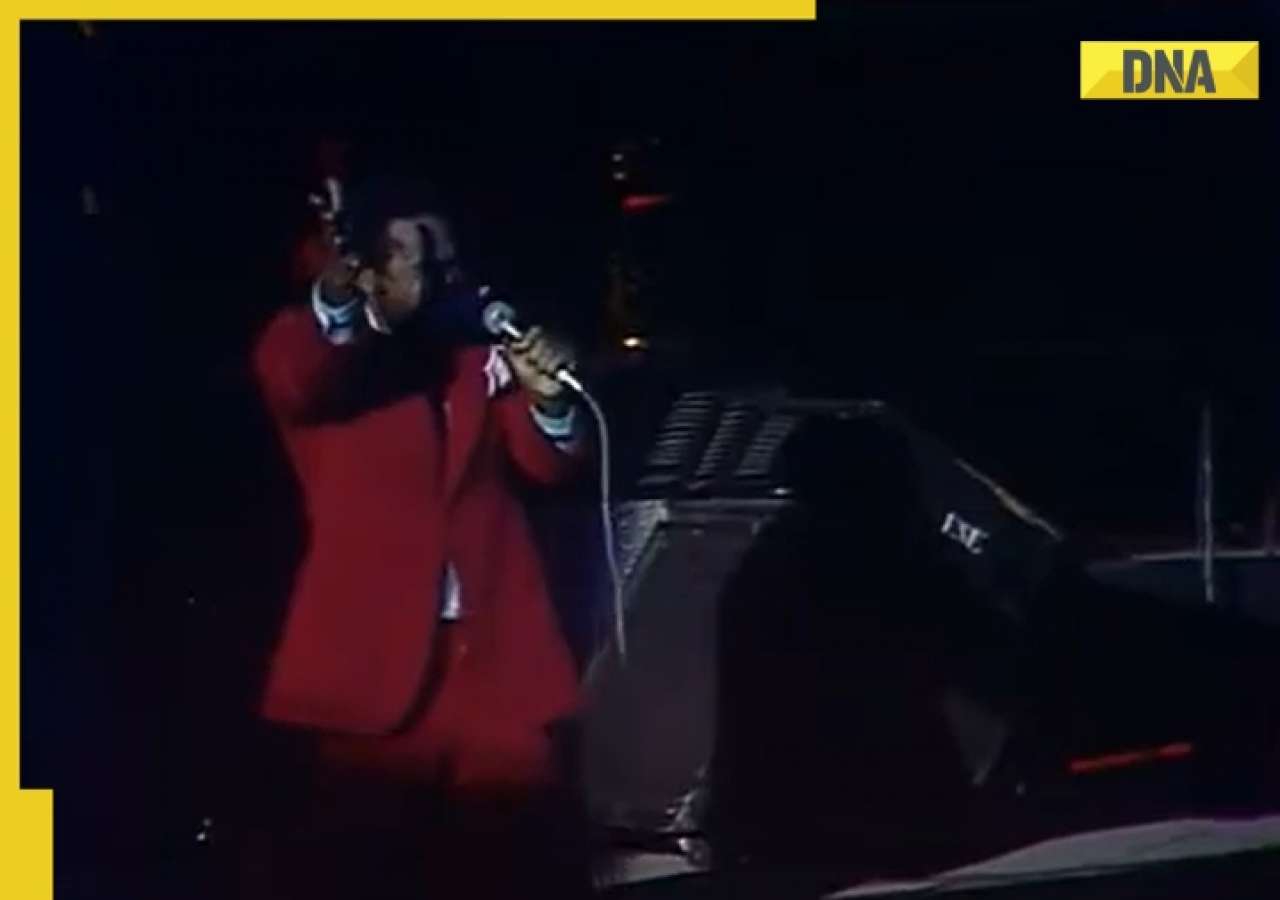

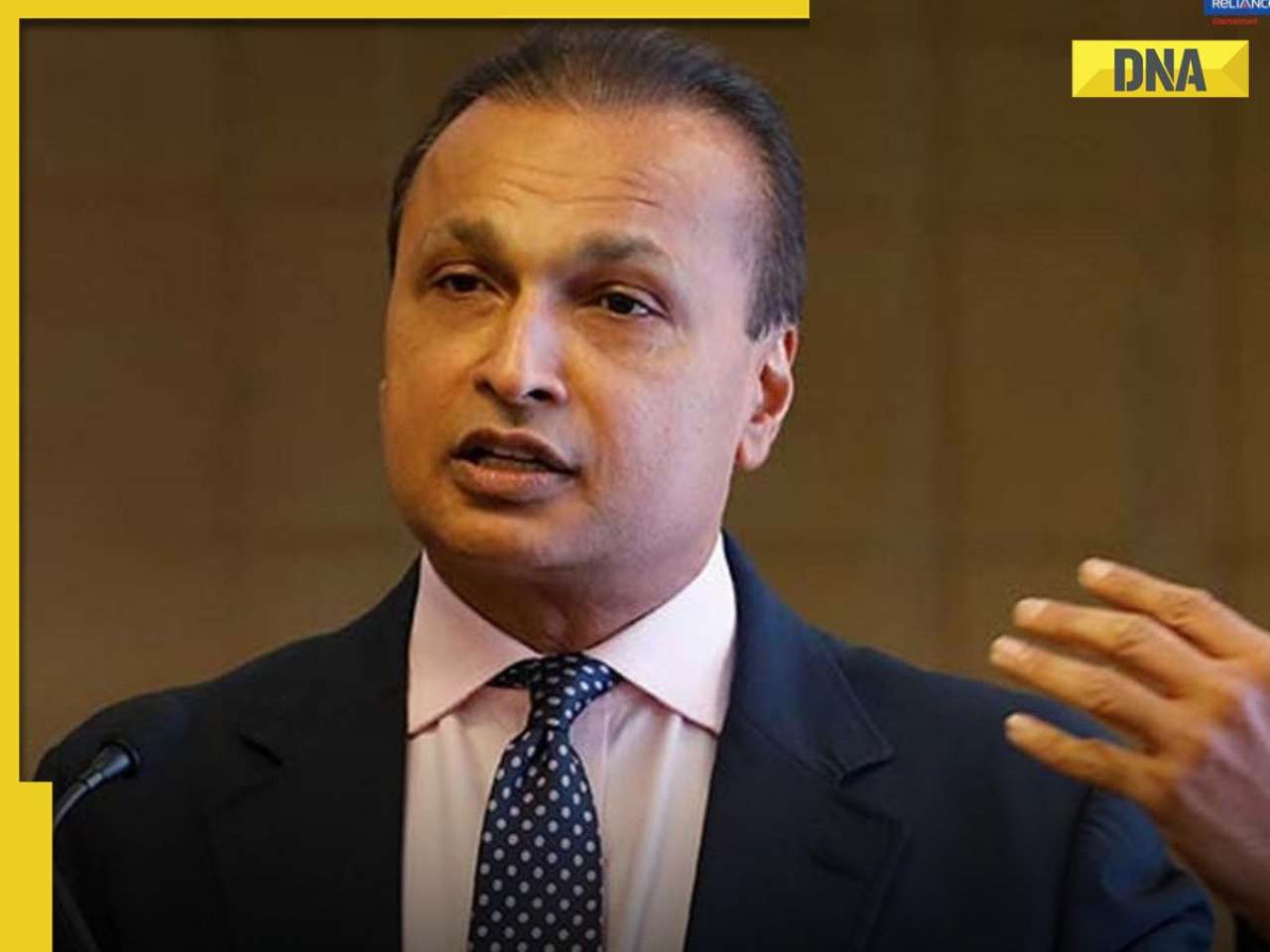

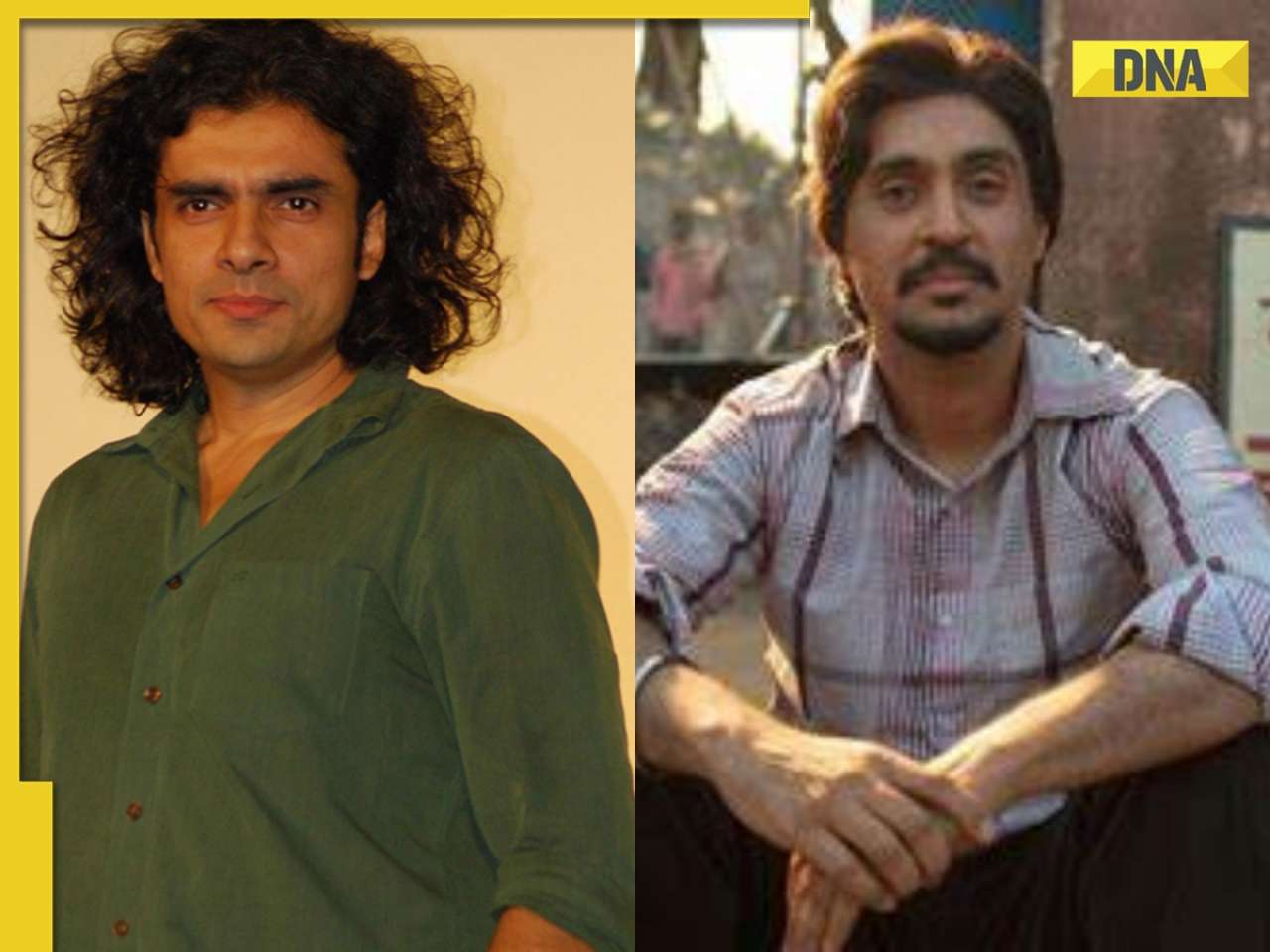






















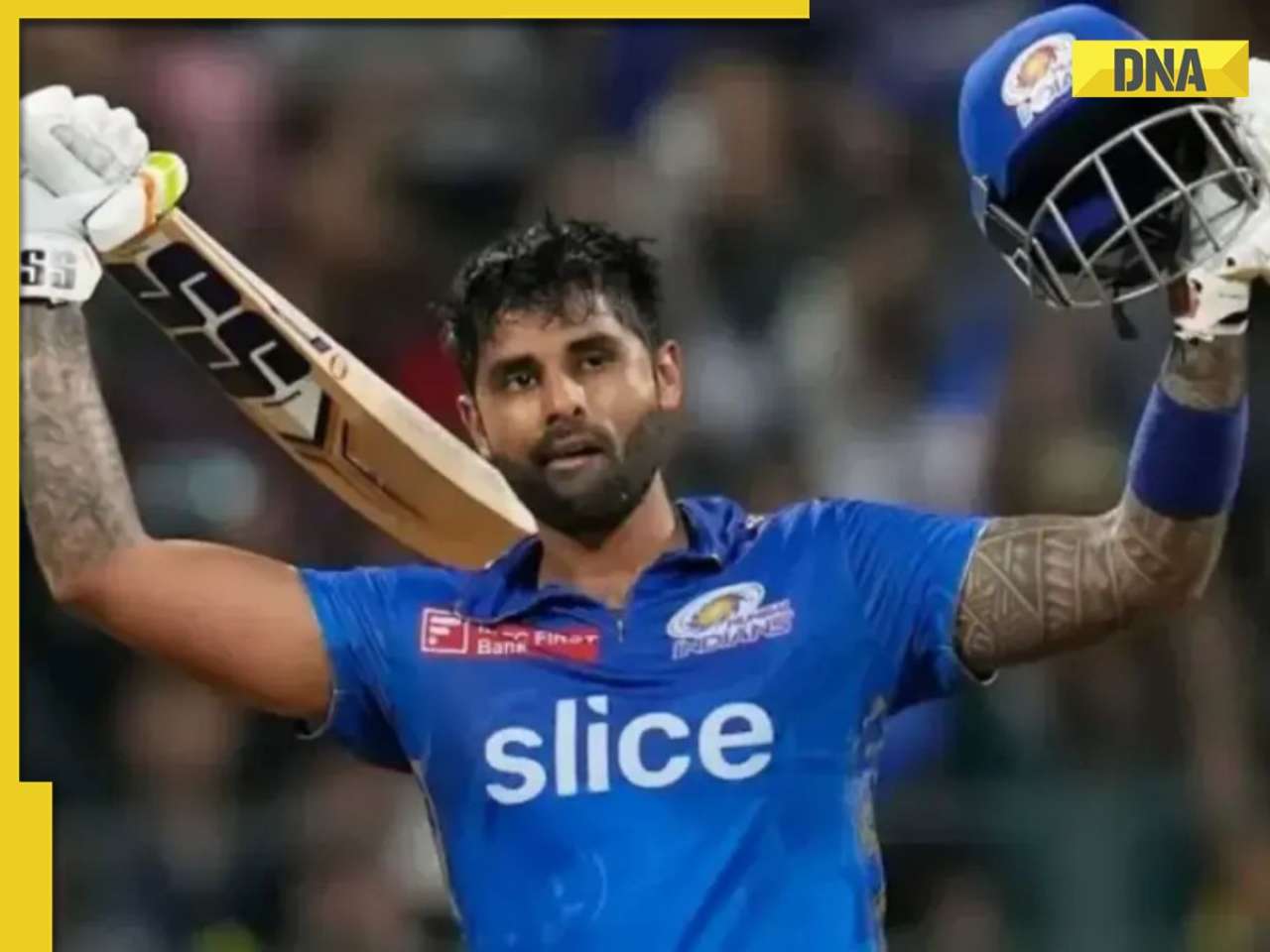
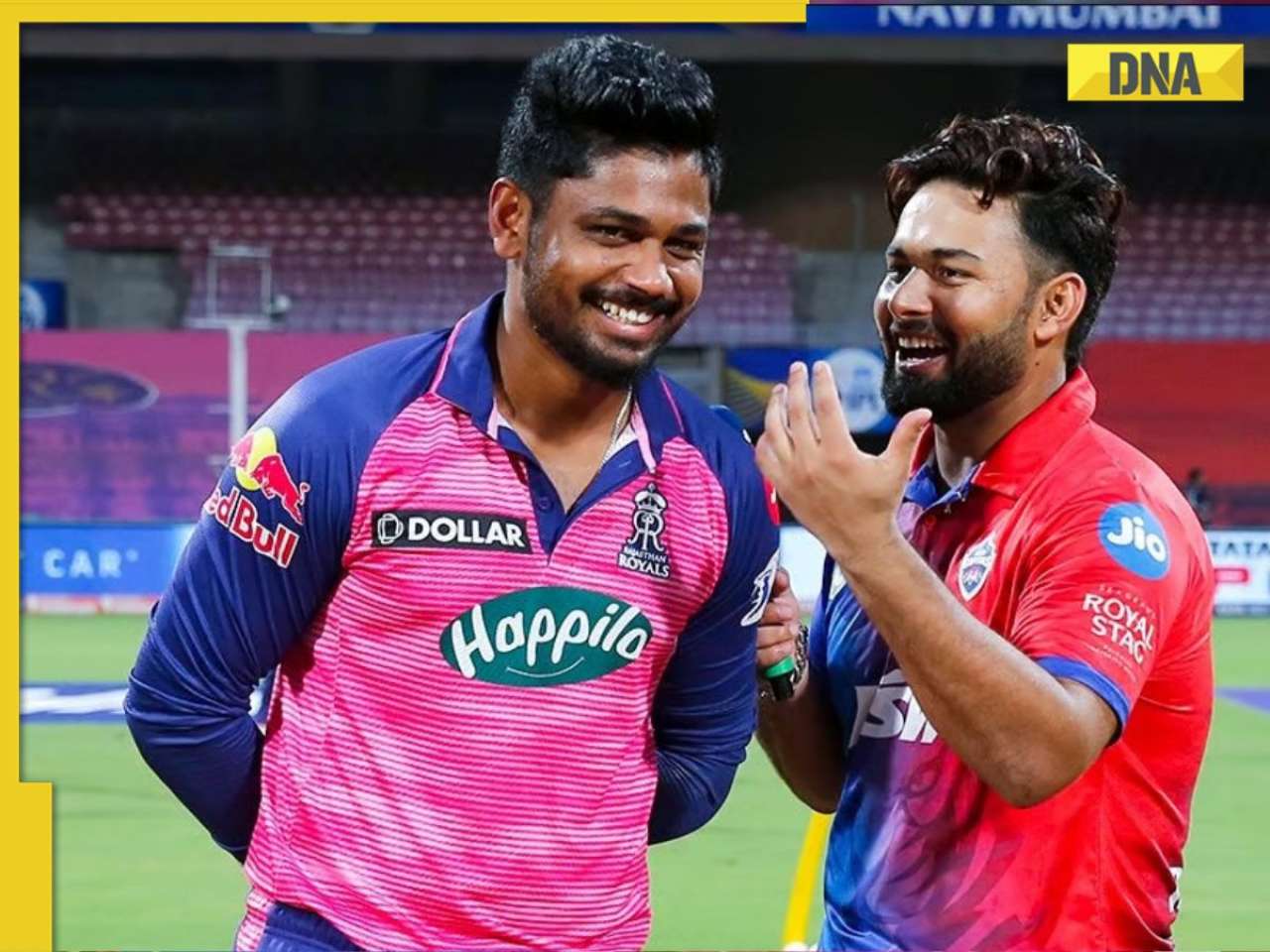
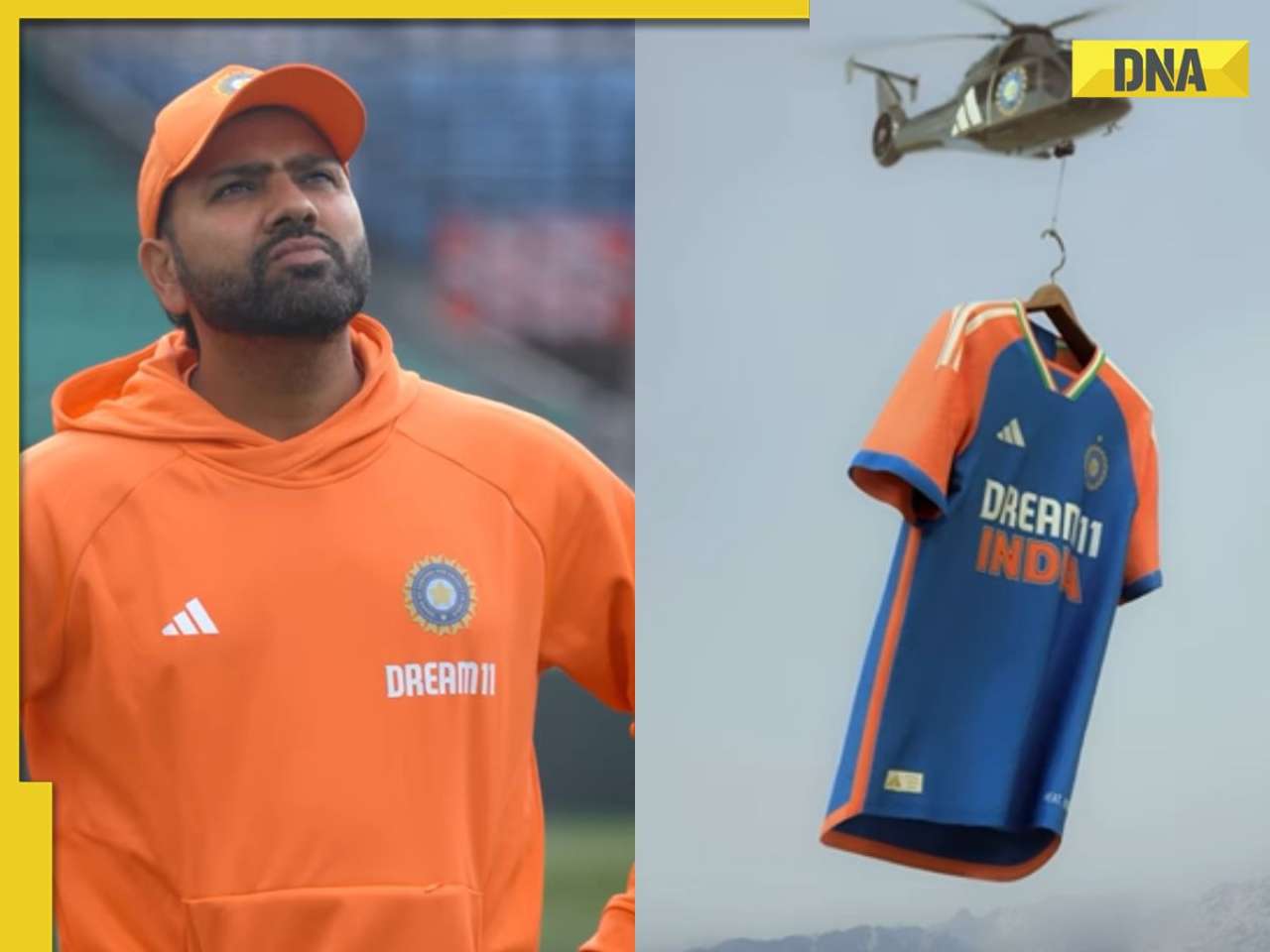
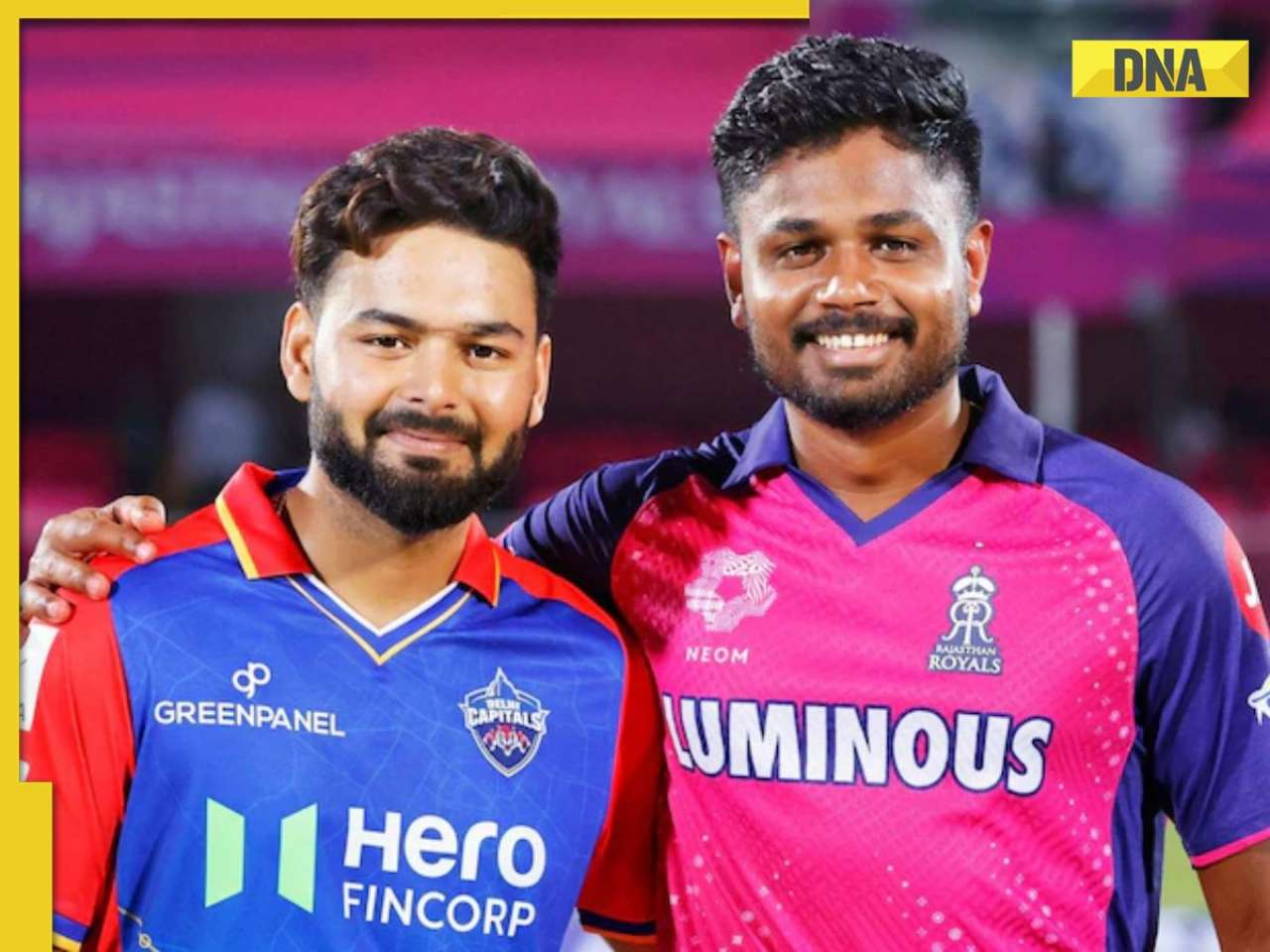

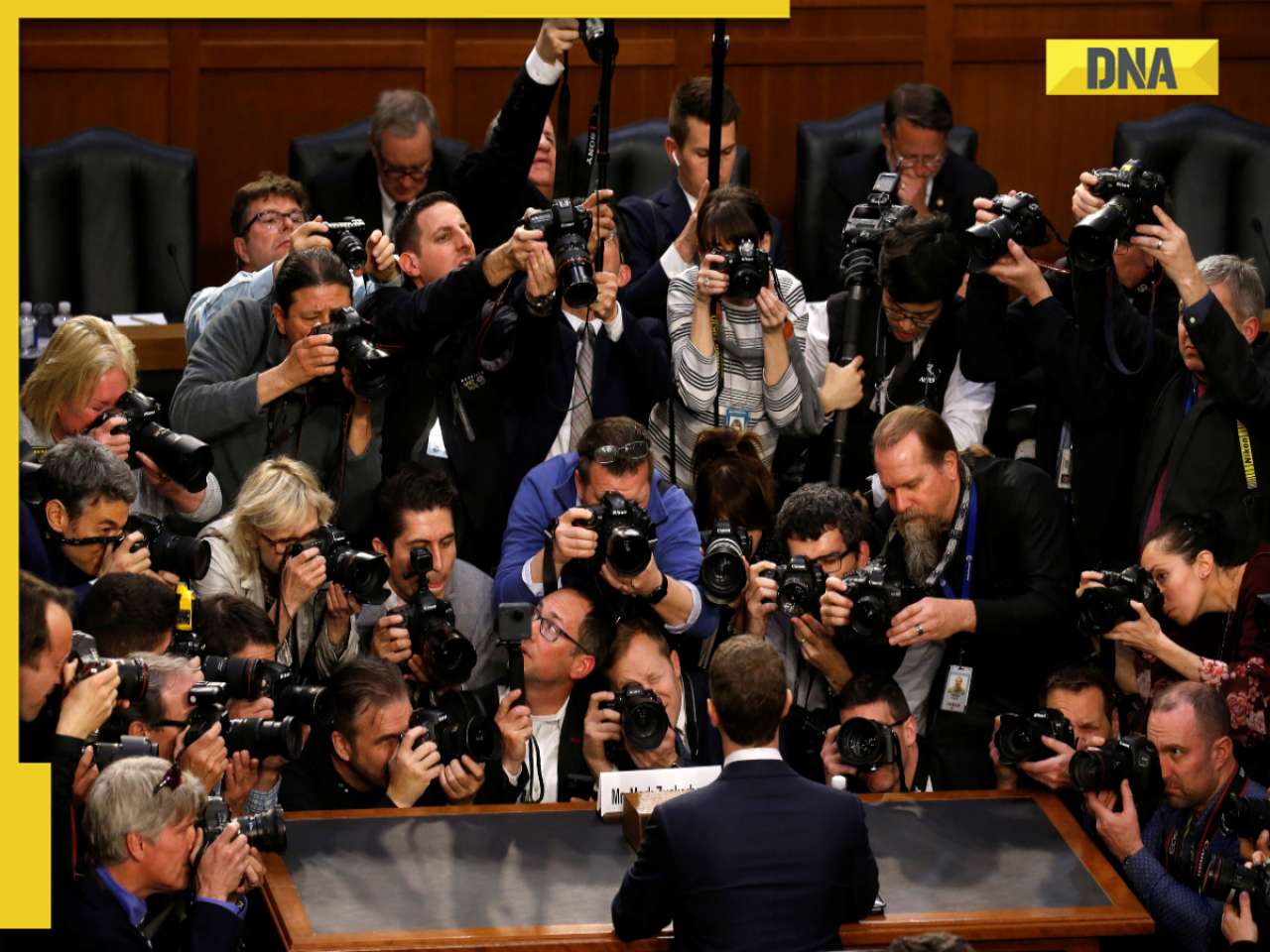








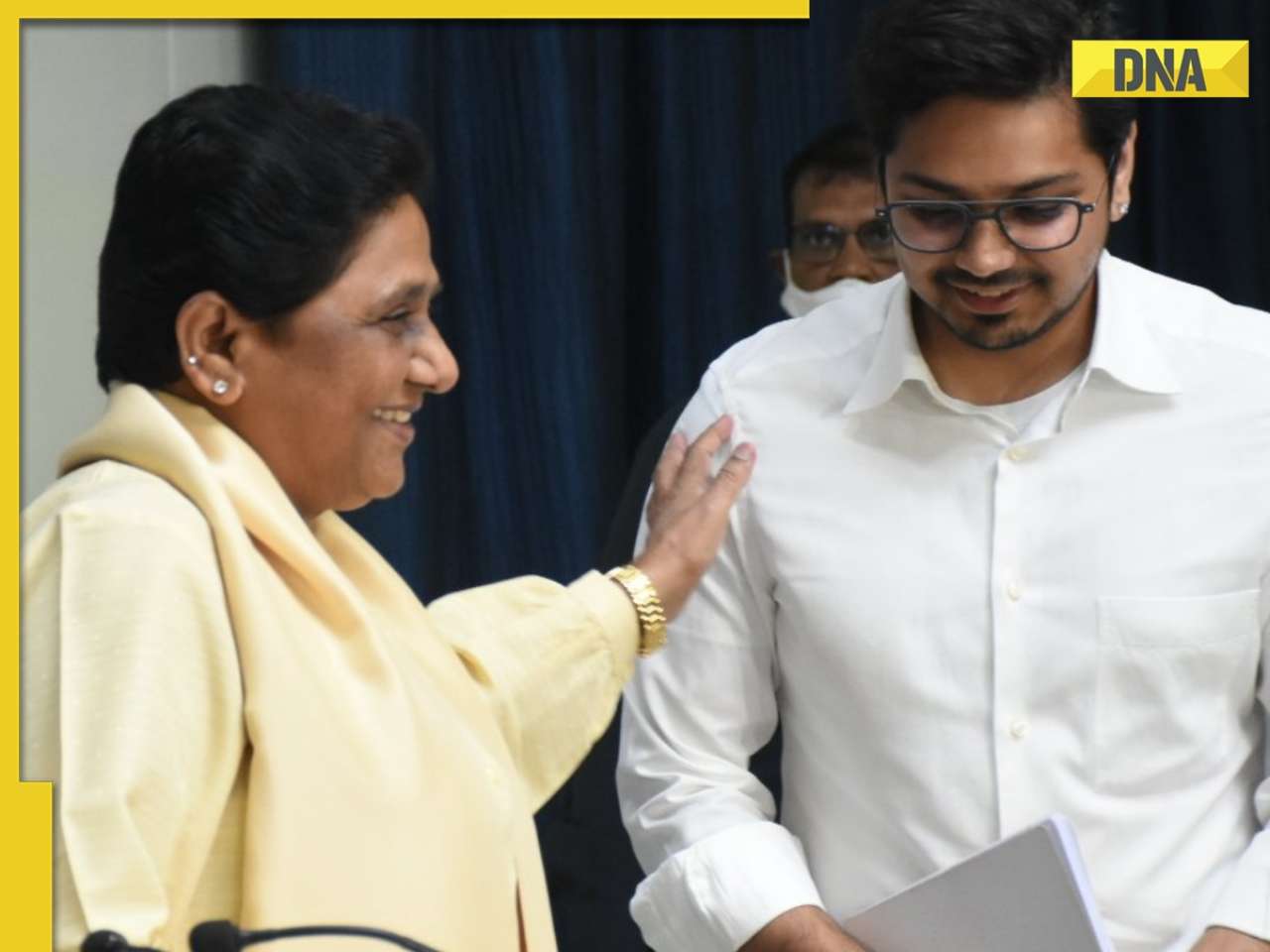





)
)
)
)
)
)